While gravity bombs of various types are powerful and effective weapons, all of them suffer from one major drawback. They require the launch platform to close with the target, which can take it straight into the envelope of whatever defense systems are protecting it. Guided bombs raise the altitude ceiling, keeping the strike aircraft out of the envelope of short-range SAMs and AAA guns, but these are usually integrated with long-range high-altitude SAMs, which aren’t so easily avoided. The answer is standoff weapons, which hopefully allow the aircraft to stay out of range of the target’s defenses. Generally, these weapons would be used to degrade or destroy the target’s air defenses, opening the way for cheaper, shorter-range weapons. Normally, “standoff” means “missile”, but this isn’t always true, and we’ll start by looking at unpowered standoff weapons, which achieve their range by gliding.
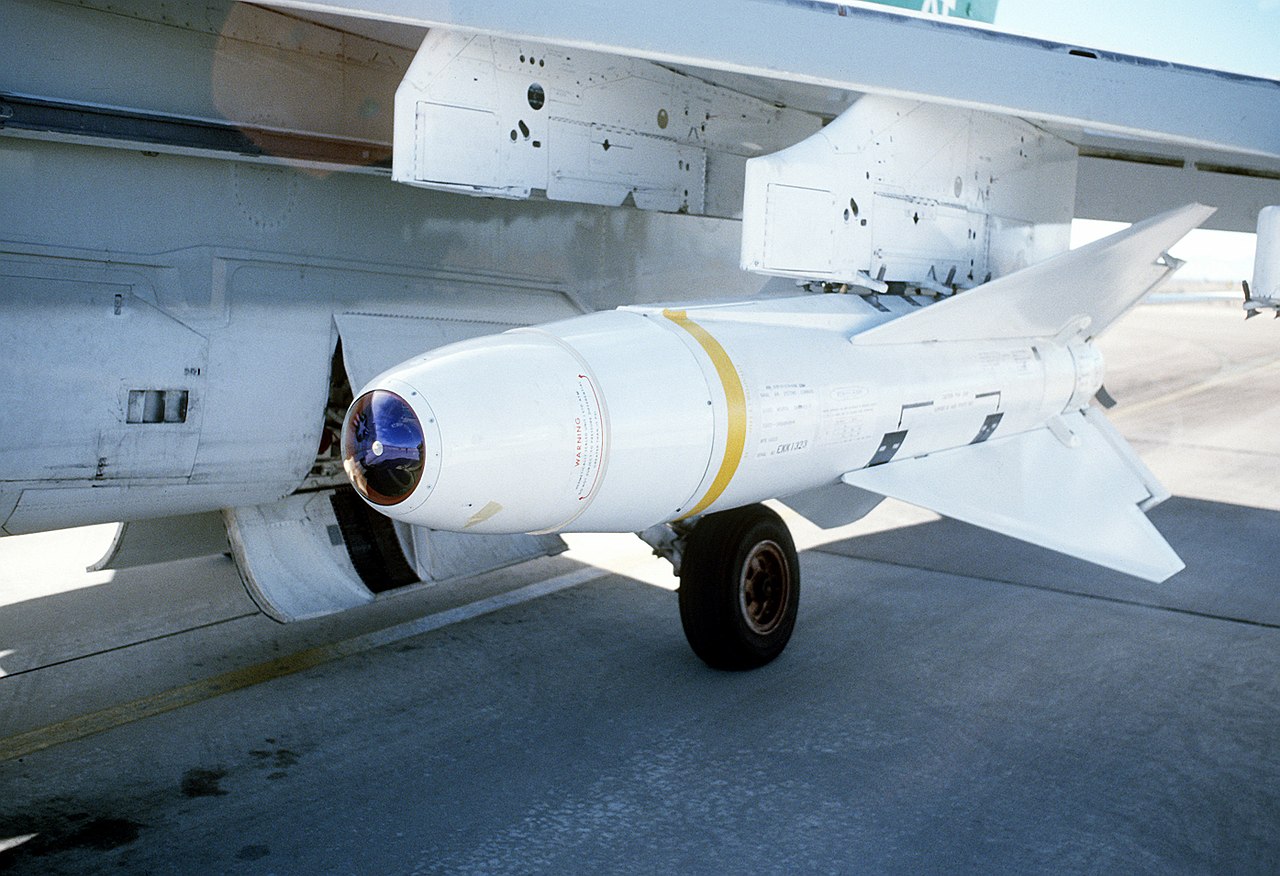
AGM-62 Walleye
The concept of a gliding bomb is not new. The German Fritz-X of WWII was a glide bomb, although it differed from modern weapons of the same type in falling quite steeply. Several other nations also built more conventional glide bombs during and immediately after WWII, with only limited success. The 50s saw little work on weapons of this type, as nuclear weapons greatly reduced the need for precision guidance. During the 1960s, this kind of logic was seen as no longer appropriate, and programs began to develop new precision weapons, taking advantage of electronics unavailable to their WWII-era predecessors. These bombs, like the Air Force HOBOS and Navy Walleye, were designed with some glide capability. Both used contrast seekers, which used an analog TV camera set up to look for sharp changes in image value and home in on them. This was pretty effective when it worked, but it required the target to stand out clearly from the background, meaning it was limited to daylight and good visibility. The need to lock the seeker on before launch meant that the airplane often had to get rather closer than it would have liked to the target, and the weapons themselves were considerably more expensive than Paveway, so they saw only limited use during the Vietnam War. Read more...


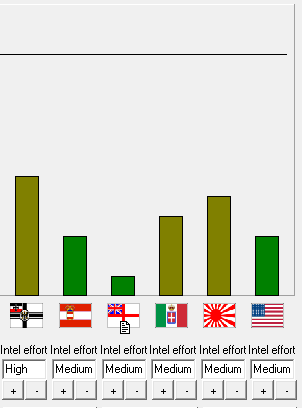


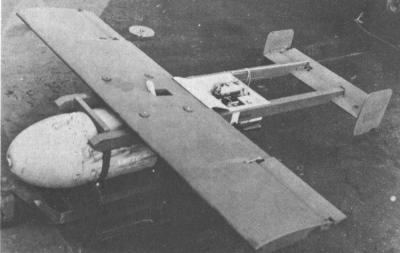

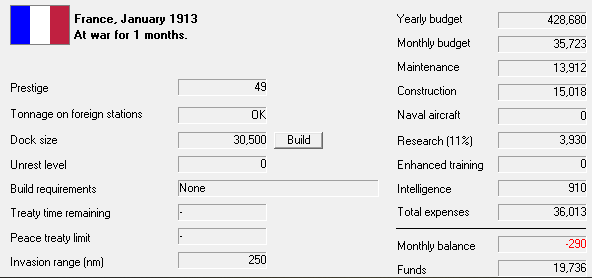
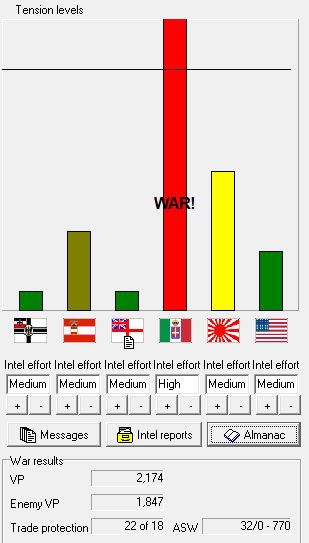
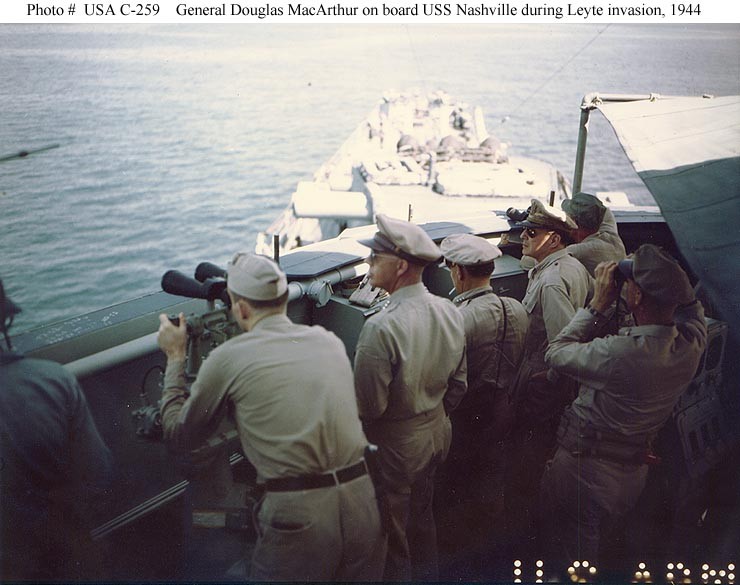
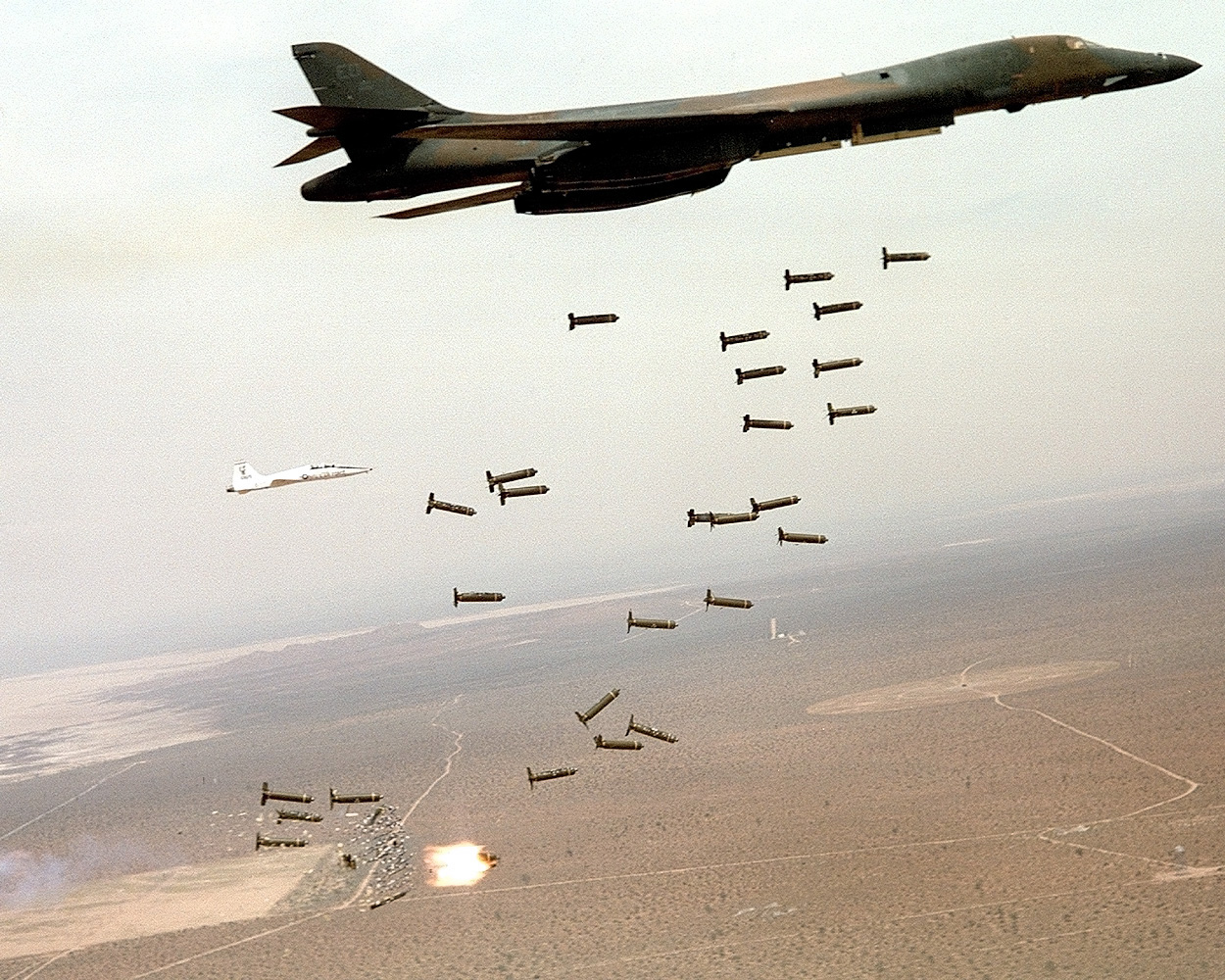
Recent Comments